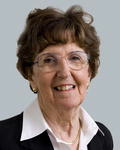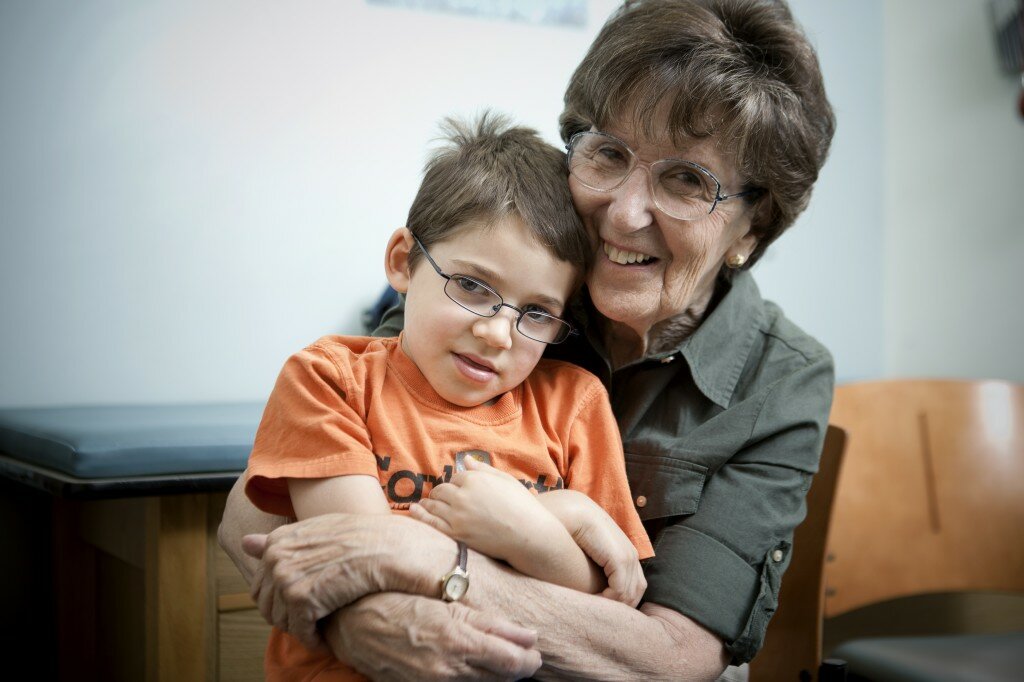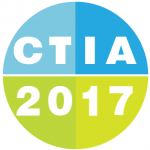Review by Jerry Skefos
Research Coordinator
The Autism Research Foundation
On March 20th, 2013, the U.S. Department of Health and Human Services issued a National Health Statistics Report, which estimates a significant increase in the prevalence of Autism Spectrum Disorders (ASDs) in a representative sample of the United States (taken from approximately 100,000 random telephone surveys). This 2011-2012 phone survey was an update to a prior survey taken in 2007, which had a similar number of participants.
The shocking report delivered by this recent survey states that the estimate of ASD diagnoses has now significantly increased to approximately 2% of U.S. school-aged children (ages 6-17 years), from the prior 2007 estimate of 1.16%, which amounts to approximately 400,000 additional children with ASD.
Over the last decade, many have become alarmed by the possibility that increases in the prevalence of ASDs are due largely to environmental factors (such as chemical exposures, including airborne and food borne teratogens, as well as vaccines). A handful of environmental chemicals have been analyzed for their association with ASD diagnosesand inspected biologically to determine their propensity for impacting brain development, but it is important to note that the majority of chemicals that could potentially contribute to autism have not been studied yet.
It is for this reason that one must use caution when assessing the significance of any particular chemical’s association with ASDs until more expansive studies are done to compare a large number of these chemicals. Such a study is difficult and highly expensive to design and execute, and it will likely be a number of years before it will be possible to assess the relative contribution of environmental chemicals to Autism Spectrum Disorders, let alone pinpoint which chemicals might increase ASD prevalence in the population overall.
The moral of the story: As of today, no individual chemical has been found to significantly contribute to the prevalence of Autism Spectrum Disorders.
More relevant to the March 20th report, it appears that the majority of diagnoses were of children that were previously undiagnosed: milder cases that had evaded detection prior to 2007 when the previous phone survey was performed. Indeed, half as many “severe” cases were identified, but significantly more “mild ASD” cases were reported. It is for this reason that it is believed that the presence of ASD itself has not significantly increased in recent years, but much more cases are being diagnosed by health care professionals.
Thus, the significant increase in health care providers’ awareness of ASDs, the availability of more sensitive screening measures, and the availability of ASD services in the community are believed to have fueled the recent increased estimate of ASD prevalence.
Therefore — at this time — environmental factors are not implicated as a major contributor to the recent increases in estimated ASD prevalence. It appears from the data that more individuals on the autism spectrum are being identified and receiving services, which is a testament to the hard work of autism awareness campaigns. There is a long road ahead in terms of further improving early diagnosis, and setting up an infrastructure to finance and develop the early-intervention programs and similarly important services that can improve the development of those with ASD.
The philosophy of a multidisciplinary approach to autism research, diagnosis and treatment services is the hallmark of The Autism Research Foundation — Learn what you can do to help TARF make these programs available.
The March 20th report indicated that the majority of new diagnoses were of males rather than females, which tells us that it is more important to investigate the physiological differences between males and females diagnosed with autism now than ever before. The question still remains as to whether the diagnostic criteria are biased towards a more masculine presentation of ASD symptoms, and/or what risk factors may affect male brain development differently to increase ASD risk in males.
Further analyses of the 2011-2012 telephone survey data used in the March 20th report are being developed. The investigators will analyze the contribution factors of healthcare systems and sociodemographics to the prevalence of autism.
The take-home message of the March 20th report is that autism is indeed more prevalent than prior thought, and as it is crucial to detect the disorder as early as possible to improve the efficacy of early intervention strategies, all children believed to be at-risk for autism (or believed to be showing early signs of autism) should be closely monitored to lower the occurrence of missed diagnoses. Furthermore, the most recent epidemiological data does not support an increased contribution of environmental causes to ASD prevalence in recent years, but further research is still required to determine what environmental chemicals may have an impact on autism risk.
Click here for a link to the original article.
 Pioneering autism researcher and child neurologist, Dr. Margaret Bauman, answers your frequently asked questions: from early intervention to adult care. Share her insight with your autism community and check back often for new discussions about improving quality of life for individuals with autism.
Pioneering autism researcher and child neurologist, Dr. Margaret Bauman, answers your frequently asked questions: from early intervention to adult care. Share her insight with your autism community and check back often for new discussions about improving quality of life for individuals with autism.







